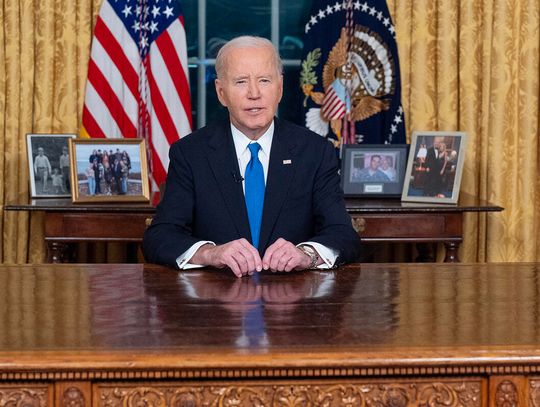Governor Rauner proposed a state budget for Fiscal Year 2017 (FY17) that, while it increases funding for early childhood education and public schools, cuts higher education and fails to restore a number of human services such as the Teen REACH afterschool program and autism services that have been eliminated due to the lack of a fully enacted budget for the current fiscal year.
According to the Governor, the FY17 “maintenance” budget (which largely reflects FY15 service levels) would total nearly $39 billion but be supported by only $32.8 billion in revenue due to last year’s income tax cuts. To reduce this huge revenue gap, the Governor proposes an initial round of spending cuts of approximately $2.6 billion.
With a roughly $3.5 billion deficit remaining, he then presented lawmakers with two options:
approve elements of his “turnaround agenda” that would be part of a $3.5 billion budget package of new revenue and additional cuts; or
cut the budget by an additional $3.5 billion.
Under the latter option, the Governor said that, if the General Assembly failed to agree with him on cuts, he wants new authority to make budget cuts, change provider rates set in law (e.g. Medicaid reimbursement rates), and modify statutory transfers out of the general funds (e.g. cutting distributions to local governments and local public transit systems).
As shown above, the FY17 budget builds in general funds cuts that include a set of pension-related changes ($748 million), changes to employee group health insurance ($445 million), and changes to the procurement system ($319 million). The Governor also includes as revenue $200 million from the anticipated sale of the James R. Thompson Center in Chicago. Many of these measures require either changes to state law or contracts with state employee unions and may not be possible to realize. The document also indicates that the state may seek to only repay $15 million of $454 million borrowed from other state funds at the end of FY15.
For public universities, general funds support would be cut by approximately 20% from FY15 levels, but additional money is provided for “performance funding,” bringing the overall reduction to 16%. Funding for the Monetary Award Program (MAP), which provides grants to low-income students to help them afford college, remains level (compared to FY15) at $364 million. Human services support from the general funds would be cut $300 million below maintenance levels.
The Governor proposes an additional $75 million for investments in early childhood education and an additional $55 million in general state aid to support public schools. However, unless there is new revenue, cuts to other service areas would be needed in order to pay for these increases.
In addition to the FY17 budget, there still remains the urgent matter of having no current FY16 budget nearly nine months into the budget year. Every day that lawmakers and Governor Rauner fail to carry out their duty to enact a state budget means that Illinois is dismantling core service areas and investments in its future.
Unfortunately for Illinois, a likely scenario is one not laid out in the Governor’s budget book: inaction. In this scenario, Illinois continues to add to the backlog of unpaid bills and falls further into debt while children, families, communities, and our state’s economy suffer the short- and long-term consequences.
Our elected officials must come together to enact budgets for FY16 and FY17 that raise the necessary revenue to meet the needs of Illinois children, families, and communities.
(Voices for Illinois Children)
Springfield fot.Éovart Caçeir/Wikipedia
Reklama









